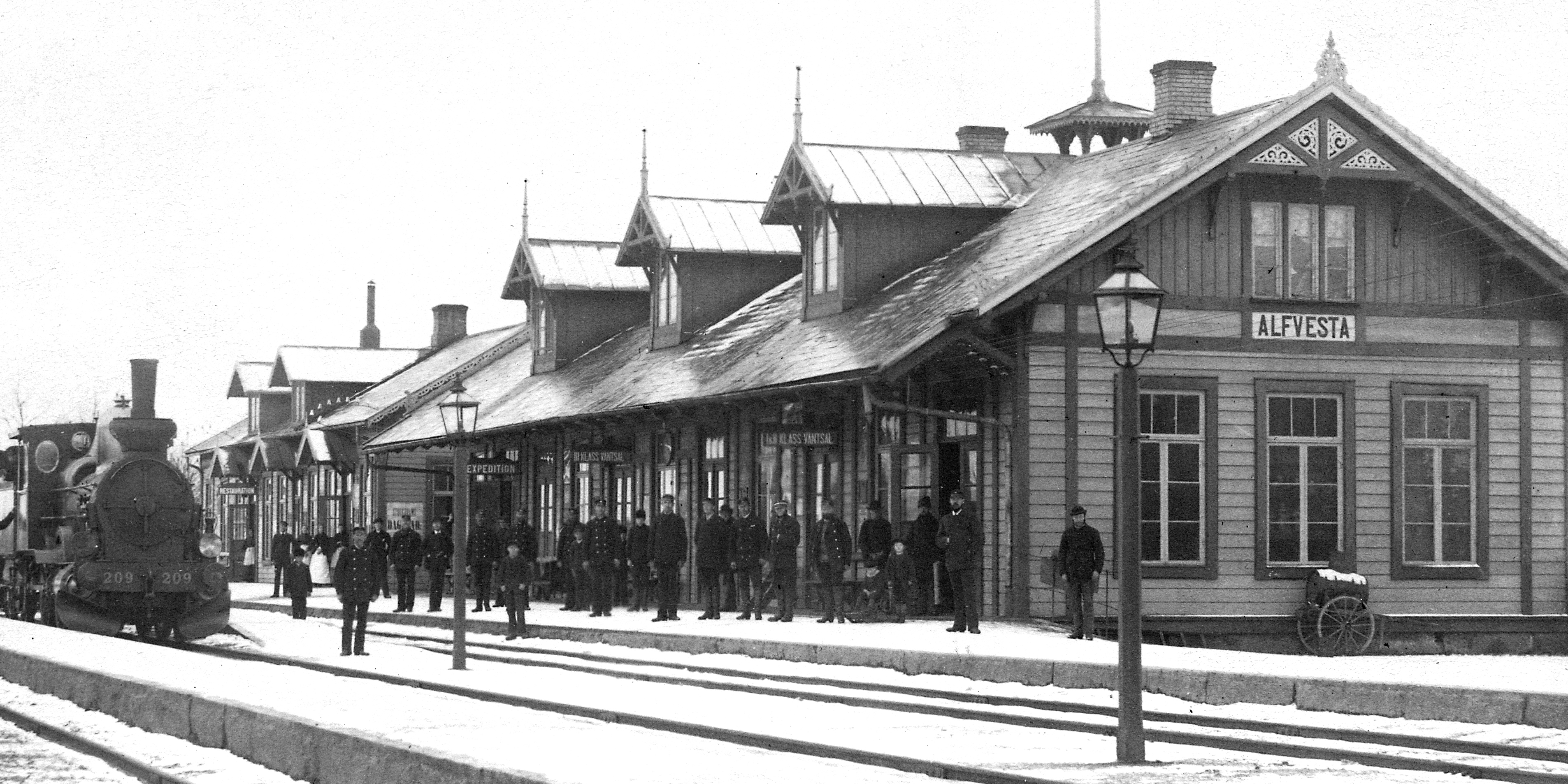
Railway stations
Construction of the Southern and Western Main Lines began in 1855. Construction of the Southern Main Line (Södra stambanan) began in Malmö, while construction of the Western Main Line (Västra Stambanan) began in Gothenburg. When construction first started, it was not yet clear which route the lines would take through the country.
Engineer Nils Ericson was commissioned by the King to be responsible for the expansion of the main line network. He proposed that the main lines should be routed through areas that lacked other transport links. The private railways would support the regional development of trade and transport.
The proposal was adopted, resulting in the development of new communities that had not previously existed.
Railway stations were built along the tracks. They would contain facilities for passengers, such as a waiting room and sometimes a railway restaurant, as well as premises for the staff working at the station. At some railway stations, there were also living quarters for staff working at the station.
Statens Järnvägar (SJ) had chief architects who designed the station buildings and other railway buildings. The private railways hired different architects and engineers to design the station buildings.
SJ and the private railways often used the same drawings for several stations on the same lines. This was mainly for financial reasons.
SJ had a variety of model buildings that were used as templates for several station buildings along the main lines. An example of a model building is found above. It is Alvesta’s old station building, which was built according to the Katrineholm model.